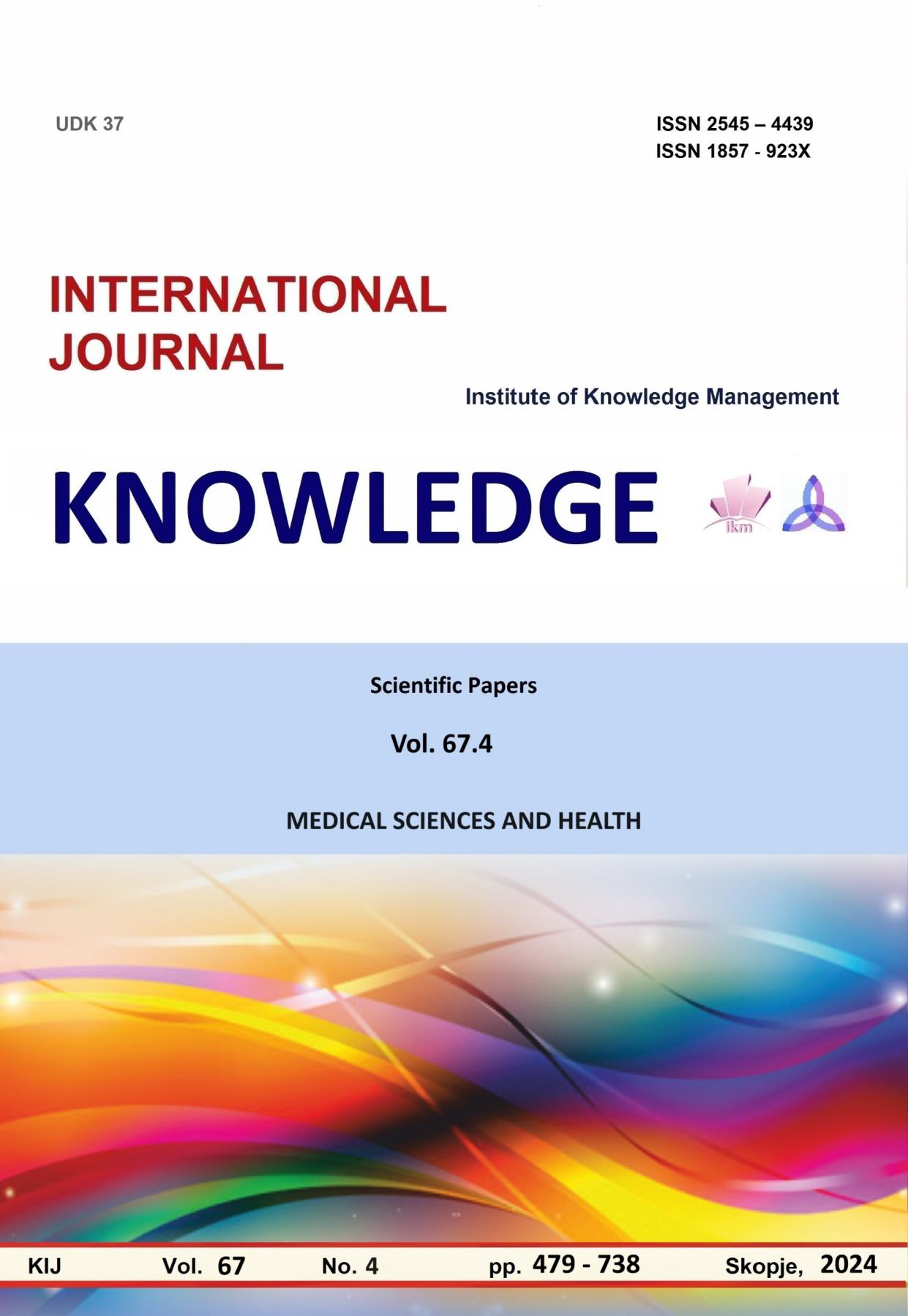ПЪРВИЧНА СЪДОВА ДИСРЕГУЛАЦИЯ – РИСКОВ ФАКТОР ПРИ РАЗВИТИЕТО НА ГЛАУКОМА
PRIMARY VASCULAR DYSREGULATION – A RISK FACTOR FOR GLAUCOMA
Author(s): Anita Kostadinova, Slavena StoykovaSubject(s): Social Sciences, Sociology, Health and medicine and law
Published by: Scientific Institute of Management and Knowledge
Keywords: Primary vascular dysregulation;Flammer syndrome;Glaucoma;Oxidative stress;Diagnosis
Summary/Abstract: Primary open-angle glaucoma is a multifactorial neurodegenerative disease and is one of the leading causes of blindness worldwide. A significant risk factor for glaucoma development is primary vascular dysregulation. In this condition, impaired autoregulation of vascular tone leads to instability of ocular blood circulation and an increased level of oxidative stress. Flammer Syndrome encompasses the characteristic symptoms of primary vascular dysregulation and describes an increased sensitivity of the body to various stimuli, such as cold, emotional stress, and hypoxia. The focus of the current study is on the typical signs and symptoms of Flammer syndrome and their proven connection to glaucoma. A specialized questionnaire was developed to assess the symptoms of primary vascular dysregulation. It was presented to patients with glaucoma, including those with elevated intraocular pressure and normal-tension glaucoma, and to a control group of healthy individuals. The questionnaire addresses complaints such as cold hands and/or feet, muscle cramps, reduced feeling of thirst, heightened sensitivity to specific medications, tinnitus or sudden hearing loss, as well as arterial hypotension. Patients with Flammer syndrome typically exhibit an asthenic body type, with a tendency to work in enclosed environments and experience chronic stress. They also display a specific psychological profile. The condition may affect not only the eyes but also other organs. In these patients, disturbances are observed in the autoregulatory processes of ocular blood flow, along with increased oxidative stress. These factors are associated with the development of normal-tension glaucoma, in which vascular dysregulation plays a critical role in the pathogenesis of the disease. Recognizing the features of Flammer Syndrome and actively identifying its symptoms are essential for understanding the complex relationship between primary vascular dysregulation and normal-tension glaucoma. Understanding the pathophysiological mechanisms may contribute to the development of effective diagnostic strategies and treatment approaches. An integrated approach must be adapted to the specific needs of each patient. This includes recommendations regarding daily habits, dietary adjustments, and use of medications. These recommendations should be personalized to align with the individual’s health status, aiming to improve vascular function while reducing the risk of glaucoma progression.
Journal: Knowledge - International Journal
- Issue Year: 67/2024
- Issue No: 4
- Page Range: 597-600
- Page Count: 4
- Language: Bulgarian

